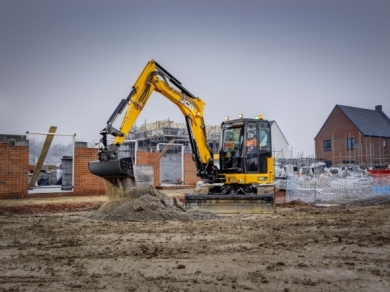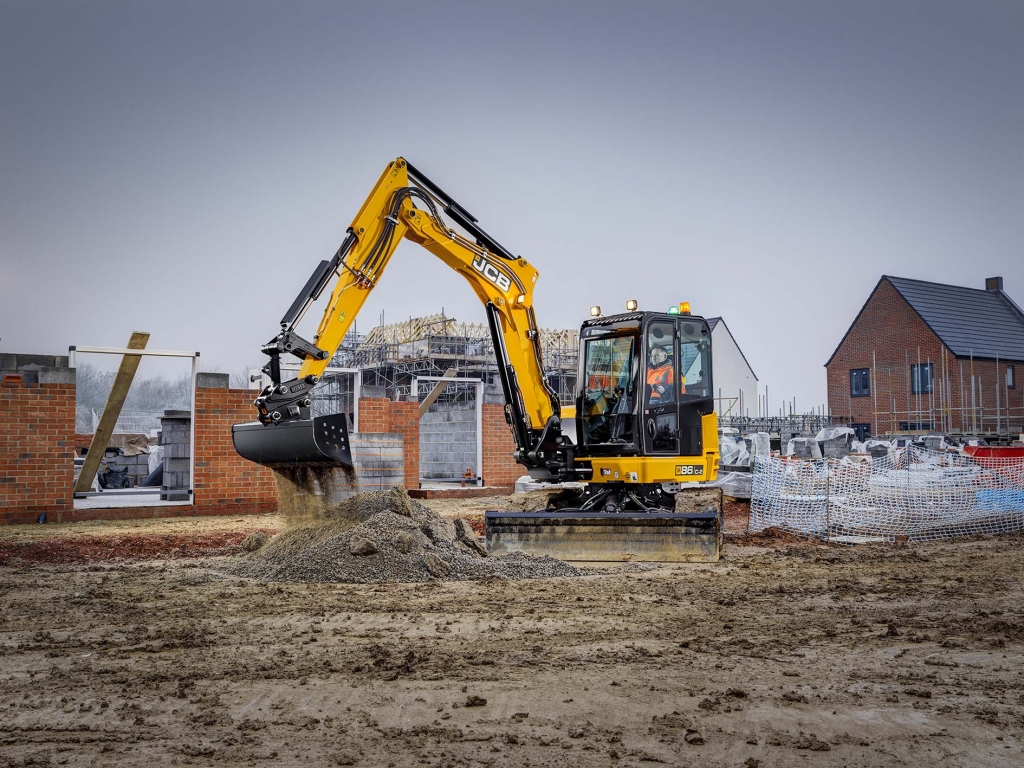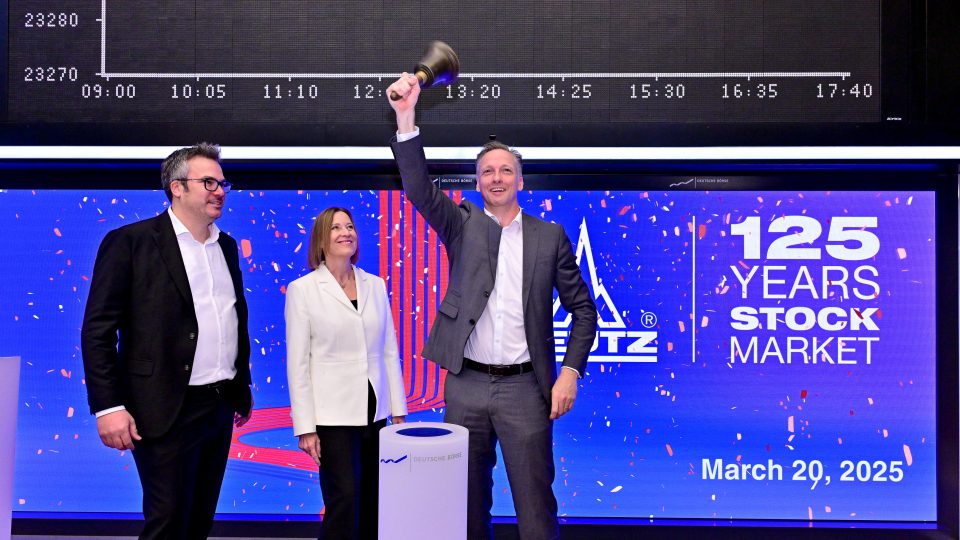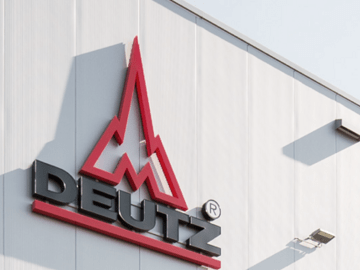CECE Annual Economic Report. Before Covid-19
CECE Annual Economic Report. An expected moment, for a sector that was recovering shares after the recession after 2009, which this year contrasts with the explosion of the economic crisis due to the lockdown to stem the Covid-19. CECE Annual Economic Report Let’s read the macroeconomic forecast in the words of CECE Annual Economic Report. […]

CECE Annual Economic Report. An expected moment, for a sector that was recovering shares after the recession after 2009, which this year contrasts with the explosion of the economic crisis due to the lockdown to stem the Covid-19.
CECE Annual Economic Report
Let’s read the macroeconomic forecast in the words of CECE Annual Economic Report. «The economic expansion in the euro area is now the longest on record since the introduction of the euro, but its pace has become more subdued. GDP growth in 2019 was 1.2% in the euro area, down from 1.9% in 2018. Economic activity is still being restrained by the high level of uncertainty linked to trade policies, as well as cyclical and structural factors. The resilience of economic growth has been remarkable against the background of the global manufacturing downturn, triggered by factors including global trade tensions, and the problems faced by the automobile sector. The latter is focused in Germany, where the problems within the car industry are continuing. In the other large euro area countries, the manufacturing sector’s gross value added has been stable, and in Central and Eastern European Member States, has shown growth. Economic activity in the euro area has been driven by consumer spending, partially reflecting the delayed impact of government measures on household incomes. Household incomes are also continuing to benefit from ongoing improvements in the labour market. This includes continued, but slower employment growth, as well as wage increases and fiscal measures in several countries. Investment growth remained well above GDP growth at 3.2% in 2019. While construction investment held up in the third quarter (0.8% q-o-q), nonconstruction investment fell (-0.8%).
The recent decline in investment in equipment was in line with reduced profit margins in recent quarters, alongside a downturn in manufacturing activity, and uncertainty resulting from trade tensions. In 2020, the euro area economy is expected to hold up, with private consumption helping to sustain the current growth momentum. However, investment in equipment is set to remain weak, in line with subdued demand expectations at home and overseas. It may also be dampened by the decline in capacity utilization in manufacturing during 2019, which reduced some of the supply constraints that had been experienced. At this stage, it is uncertain if lower financing costs can continue to stimulate investment, after been in place for several years. The impact of other factors such as uncertainty over trade tensions and regulatory frameworks, and changes to crossborder supply chains, may have increased their influence. Public investment is expected to increase significantly in a number of countries, including transport and digital infrastructure developments. In conclusion, euro area GDP is forecast to grow by 1.2% in both 2020 and 2021.»

Construction activity has risen steadily
And now a focus on construction activity: «Construction output showed growth in 2019 compared with 2018, in both the euro area, by 1.8%, and in the EU27, by 2.4%. In the euro area in December 2019, compared with December 2018, building construction decreased by 4.6%, while civil engineering increased by 0.9%. In the EU27 building construction decreased by 2.8%, while civil engineering increased by 0.4%. Among EU Member States for which data is available, the biggest declines in construction output in 2019 were seen in Belgium (-6.5%), Spain (-6.2%) and Poland (-5.5%). In contrast, the biggest increases were recorded in Romania (+23.1%), Czechia (+6.2%), Slovenia and Sweden (both +2.9%).
AND THE FRENCH CONSTRUCTION MARKET
And what about 2020?
The European Commission’s indicator of construction confidence remained broadly stable in the fourth quarter of 2019, after moderating in the previous quarter. The Economic Sentiment Indicator (ESI) moved up to a five month high of 102.8 in January, driven by a marked increase in confidence in industry and construction. The marked rise in construction confidence (+1.2) was fuelled by managers’ improved assessment of the level of order bookings, while their employment expectations remained virtually unchanged. According to Euroconstruct, construction activity in Europe is expected to grow by around 1% between 2020 and 2022. Compared with average annual growth of 3% between 2016 and 2019, this indicates a significant slowdown in Europe. In particular, new residential construction – the current driver of activity – will slow down in 2020, and decline in 2021».









